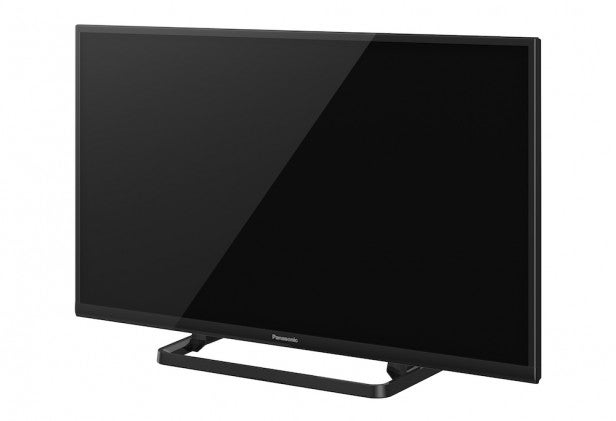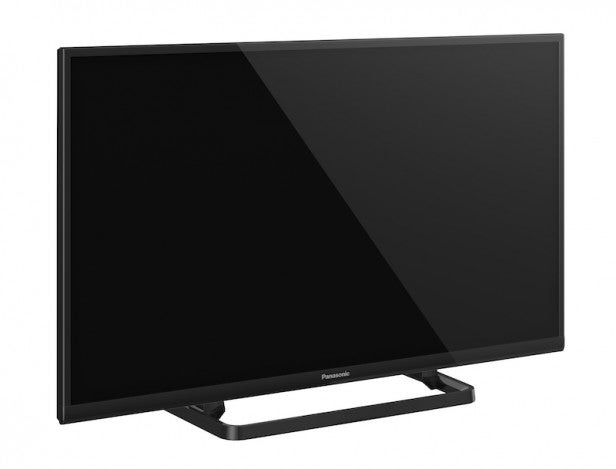Panasonic TX-32AS500 Review - Picture Quality Review
Picture Quality
A £300 32-inch TV from a big brand

Sections
- Page 1 Panasonic TX-32AS500 Review
- Page 2 Picture Quality Review
- Page 3 Sound and Conclusions Review
First impressions of the 32AS500’s images are pretty strong. Colours achieve a potent combination of vibrancy and natural tones that helps bright, colour-rich footage of the sort that dominates the daytime TV schedules look eye-catching and engaging.
At first glance the set seems to enjoy a good contrast range too, as those rich colours and some bold-ish pure whites manage to co-exist in the same frame with what look like good black levels. The backlight blinking system, meanwhile, saves motion from the high levels of resolution loss often witnessed on similarly affordable TVs.
HD pictures look detailed and clean, though at the same time they don’t look as crisp as those of some of the 32-inch LCD TVs that have crossed our test benches over the years.
As our tests continued, though, a few cracks started to appear in the attractive picture veneer. The main one is something we’re seeing cropping up with surprisingly regularity this year: a lack of black level depth. Watch a dark scene and you’ll see that parts of the image that should look black instead look a distinct shade of grey. Something emphasised by the black frame around the screen, and by the black bars above and below the picture if you’re watching something with an aspect ratio wider than the TV’s 16:9 ratio.
Calling in the adaptive backlight control tool improves black level depth a bit, but not much. And it’s rendered pretty much unusable anyway because of the distractingly over-aggressive brightness shifts it creates when watching dark scenes. Reducing the backlight helps too, but doesn’t go as far to get rid of the greyness as we’d like unless you take so much brightness out of images that they start to feel dull and lifeless.
The greyness and the measures you can try to take to get rid of it both lead to a sense of shadow detailing sometimes being crushed out of the picture.
The problems with dark scenes suggest that the apparently decent contrast performance noted initially with bright footage is down to the ability of the TV’s intense brightness and colours to disguise the black level shortcomings than any real contrast strength.
It must be said that the 32AS500’s black level shortcomings aren’t blatantly apparent when you’re using it to watch bright content – which you may well do for much of the time given its likely second-room berth. It’s also true that the black level weaknesses aren’t as obvious in a bright room – a scenario that’s also pretty common with second-screen use. But the fact remains that there are 32-inch TVs out there that do black level better.
We also noticed that the screen seems rather reflective of light objects if you’re watching in a bright room, which negatively affects contrast.
One other area where we felt the 32AS500 could do better is with its upscaling of standard definition content. The set doesn’t deal with source noise as effectively as Panasonic’s more expensive TVs tend to, meaning upscaled images can look a bit rough. Which means you’ll probably want to use the noise reduction routines, which means in turn that pictures look a bit soft and laggy.
Colours tend to look slighty over-wrought after upscaling too, though you can calm this issue via the TV’s many colour adjustments.
How we test televisions
We test every TV we review thoroughly over an extended period of time. We use industry standard tests to compare features properly. We’ll always tell you what we find. We never, ever, accept money to review a product.

